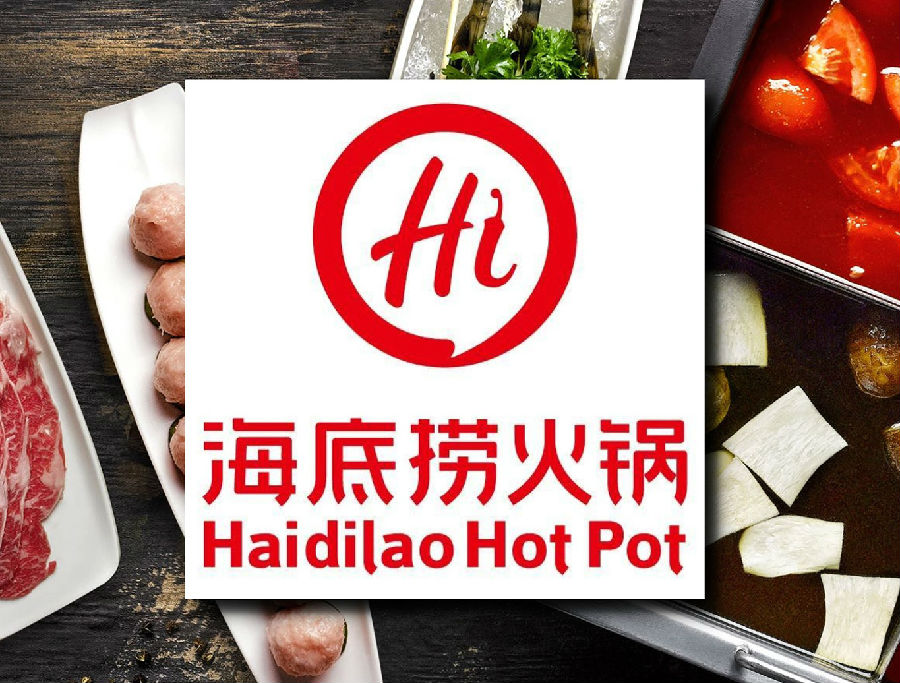But Sichuan-style broths are the most commonly savoured in China. In recent years their popularity has been booming. China has around 350,000 hotpot restaurants. About 40,000 of them are said to be in the Chongqing region alone. Hotpot restaurants in China are more profitable than other kinds, according to iiMedia, a consultancy. Haidilao, a well-known Sichuan-based hotpot chain, raised nearly $1bn when it was listed on the Hong Kong exchange in September. The company is taking its hotpot global. It expanded into Canada in December. Branches are set to open in London later this year.
但川味火鍋湯在中國最受歡迎。近年來,受歡迎程度一再躍升。中國大約有35萬家火鍋店。僅重慶地區就有4萬家火鍋店。根據咨詢公司iiMedia的數據,在中國,火鍋店比其他類型的餐飲店利潤更高。總部位于四川的知名火鍋連鎖企業海底撈去年9月在香港交易所上市時籌資近10億美元。海底撈正將火鍋帶向全世界。去年12月,海底撈在加拿大開了第一家分店。今年晚些時候還將在倫敦開分店。

The more adventurous tastes of younger Chinese are fuelling demand. One-third of customers at hotpot restaurants in China are aged between 25 and 30, iiMedia says. They often have little time to cook at home and are unburdened by child-care duties. They like the social aspects of sharing hotpots. Round-the-clock restaurants are sprouting up to allow leisurely feasting.
中國年輕人敢于嘗試新口味,這刺激了火鍋需求的增加。iiMedia表示,中國火鍋店三分之一的顧客年齡在25歲至30歲之間。這些顧客通常很少在家里做飯,也沒有照顧孩子的重擔。他們喜歡一起吃火鍋的社交功能。24小時營業的餐館如雨后春筍般涌現出來,人們可以悠閑地享用美食。
While younger Chinese are increasingly health-conscious, they seem to brush off regular hotpot-hygiene scandals. A viral video of a pregnant woman fishing a rat from her broth caused a cooling in the shares of Xiabuxiabu, a chain restaurant named after a Japanese style of hotpot, but they heated up again a few days later. Haidilao even won plaudits when it admitted that rats had been found in some kitchens and vowed to clean up its act. News of other businesses reusing weeks-old oil in the broth is greeted with a shrug. The grubbiest hotpot joints are usually the best, young people often say with a grin.
中國的年輕人雖然越來越注重健康,但似乎對火鍋衛生丑聞不以為意。呷哺呷哺是一家以日式火鍋命名的連鎖餐廳。近日,一段很火的視頻中,一名孕婦在呷哺呷哺的火鍋里夾出一只老鼠,此事導致呷哺呷哺股票大幅下跌,但幾天后,股價再次回升。海底撈甚至承認在某些店的廚房里發現了老鼠,并承諾要整頓自己的行為,此舉贏得稱贊。有消息稱,其他火鍋店在湯里重復使用了幾周的老油,人們對此只是聳聳肩。年輕人經常笑著說,最臟的火鍋通常是最好吃的。
Not all Chinese warm to hotpot. Some older Sichuanese disown it altogether. They complain that it is causing an escalation of chilli-use in other dishes that drowns out subtle flavours. Chua Lam, a celebrity food critic based in Hong Kong, caused a stir in December when he wished hotpot would disappear from the face of the Earth. He dismissed it as “the most uncultured form of cooking”, requiring no real culinary knowledge.
并非所有中國人都喜歡吃火鍋。一些上了年紀的四川人聲明并不鐘情于火鍋。他們抱怨火鍋的流行導致其他菜肴辣椒的增多,掩蓋了原來微妙的味道。去年12月,香港著名美食評論家蔡瀾表示自己希望火鍋從世上消失,語驚四座。他認為這是“最沒有文化的烹飪方式”,不需要真正的烹飪知識。
But Chengdu’s plans for a museum suggest that Sichuan hotpot is not only growing in popularity, but is also becoming iconic. If it can set the West on fire, officials may hope it will become a delicious new source of Chinese soft power. There will be plenty of glory for both Chengdu and Chongqing to bask in if that happens.
但成都的博物館計劃表明,四川火鍋不但越來越受歡迎,而且正在成為標志性的東西。如果它能點燃西方味蕾,當局可能希望火鍋將成為中國軟實力的一個美味新來源。如果能實現這一目標,成都和重慶都將獲得無上榮光。
譯文由可可原創,僅供學習交流使用,未經許可請勿轉載。












